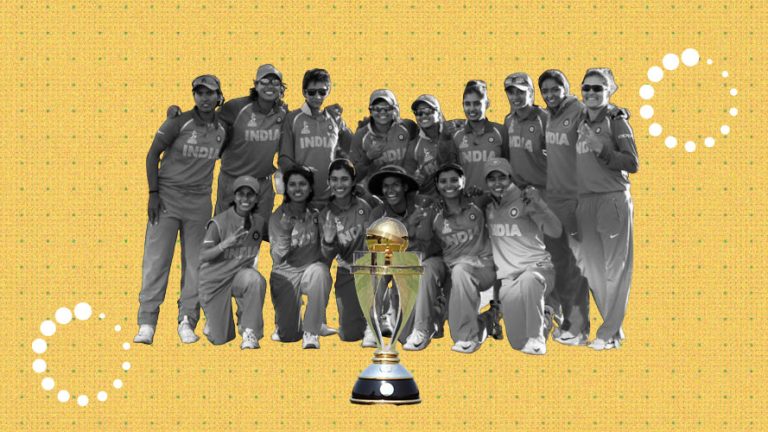Making women sports proud: India the host of 2025 Women’s World Cup
The Women’s World Cup will be held in India in 2025, according to the International Cricket Council (ICC). The women‘s sports community in India and the entire world should be proud right now.
According to the ICC, the hosts were chosen through a “competitive bidding procedure,” and each bid was evaluated by the board subcommittee, which included Clare Connor, Sourav Ganguly, Ricky Skerritt, and Martin Snedden as its head.
What makes this a proud moment for women‘s sports in India?
Our country was chosen to host the Women’s World Cup. It demonstrates our country’s importance and efforts for sports, particularly women‘s sports. The fact that the Women’s World Cup will be held in India will directly motivate all of the top female athletes. When India hosted the 2013 Women’s World Cup it not only improved cricket but has also been a huge push for all forms of sport for women in the country. It is once again a proud moment for women‘s sports because India has begun to prioritize sports, particularly women‘s sports. The World Cup 2025 is certain to bring significant improvements and opportunities for all female athletes in their respective fields, not just cricket.
Sports, which were once thought to be only an extracurricular activity by most, are now taking center stage. The Ministry of Youth Affairs and Sports’ strong schemes, such as Khelo India, the Target Olympic Podium Scheme, and the Fit India Movement, have played a significant role in motivating young people to pursue a serious career in sports, and the number is steadily increasing. Empathy and inclusiveness, in particular, have been key drivers of game-changing reforms for female athletes. As we commemorate National Girl Child Day, it is critical to examine how our government has worked with the goal of “Sabka Saath, Sabka Vikas, Sabka Vishwas,” resulting in a paradigm shift in embracing issues concerning girls and women, including sports. Our female athletes’ performances have cemented many places in Indian sporting history over the years. Most importantly, they demonstrated to the world that “Bharat ki Mahila” is ready to take on the world. These spirited performances, combined with recent reforms led by the Ministry of Youth Affairs and Sports, have promoted inclusivity, created an ecosystem of awareness toward women in sports, and inspired a generation of young girls to actively participate in sports. I am pleased to report that 43 percent of Indian athletes who have qualified for the upcoming Tokyo Olympics are female!
The goal of a sporting superpower is to increase grassroots participation. A large participation base will ensure that a significant number of children continue to participate in sports professionally. It is important to note that young girls make up half of this participation base, and they must not be left behind. The Khelo India Scheme, which aims to instill sporting culture and achieve sporting excellence in the country, has played an important role in the last three years. An exclusive component of the Khelo India Scheme focuses on the barriers that girls and women face in participating in sports, as well as developing mechanisms to overcome these and increase participation.
Dare to dream
People didn’t pay much attention to women‘s cricket a few years ago, so we now know a lot about it. Pursuing something unconventional requires a lot of self-belief, perseverance, and the courage to never give up. The Indian women‘s team now boasts some of the world’s best cricketers. “The Women in Blue did well.” This fact alone proves that they do inspire many people. A decade or so ago, no one cared about the women‘s cricket team. Nobody knew our players’ names or anything else about them. The situation has improved, and more women are encouraged to pursue cricket as a full-time career.
The 2025 Women’s World Cup, which will be held in India, will undoubtedly give our women in blue a home crowd advantage. Like how it altered women‘s cricket in 2013 and improved women’s sports in our country. Most likely, it will repeat itself in 2025 in a far more significant manner.






Add comment